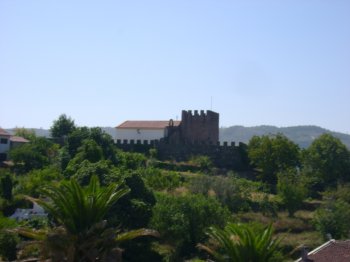Explore the best places
Heritage in Portugal
Solar do Vinho do Porto
- heritage
Rua da Ferreirinha, 114
5050-261, Peso da Régua
In the Solar building, you can view themed exhibitions about Port Wine, while the space where the old cooperage once stood now houses an auditorium. They organize technical tastings of Port and Douro Wine, as well as "Portos de Honra", lunches, and dinners.
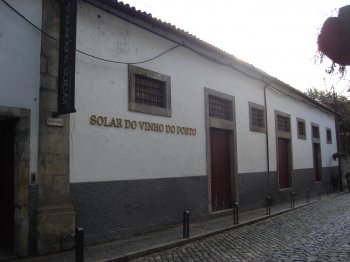
Museu do Douro
- heritage
Rua Marquês de Pombal
5050-282, Peso da Régua
The Douro Museum was created in 1997 to promote this demarcated region and its economic and wine-producing heritage. Housed in a former manor house, it brings together other museums throughout the country to better promote the region. In addition to the various exhibitions it hosts, it also promotes other cultural activities, and is the only museum in the country with a resident string quartet.
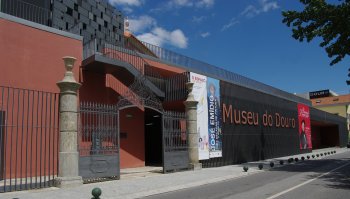
Estação Rupestre da Fonte do Milho
- heritage
Canelas do Douro
5050, Canelas
A fortified Roman villa with two imposing lines of schist walls, including an access gate in the inner wall. Notable are the mosaics depicting fish in a bath about a meter deep, uncovered through archaeological excavations.
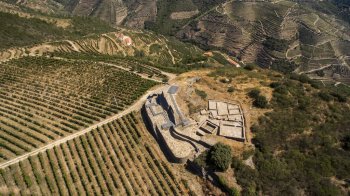
Comboio Histórico da Linha do Douro
- heritage
Estação de Comboios de Peso da Régua
5050, Peso da Régua
The Douro Line, which totals approximately 200 kilometers, runs partway close to the river, offering a wonderful panorama of it and the surrounding vineyards. On Saturdays from June to October, a 1925 steam locomotive runs between Régua and Tua stations, transporting us to another time. Along the way, you can enjoy a glass of port and a slice of regional football, accompanied by traditional songs. Stop at Pinhão station and taste or purchase local wines and gourmet products, and admire the fantastic tile panels outside the building.
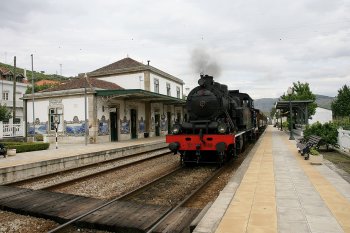
Moinho de Vento do Pergulho
- heritage
Pergulho
6150-353, Proença-a-Nova
This imposing mill, beautifully restored by Alfredo Almeida, is surrounded by beautiful scenery. The interior can be visited: below, grain was produced, and above, the wheel mechanism can be seen.
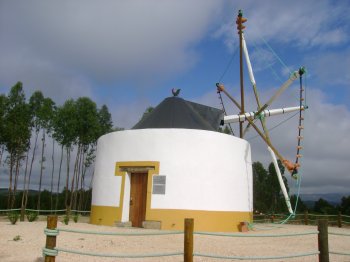
Centro Ciência Viva da Floresta
- heritage
EN241, 97
6150-345, Proença-a-Nova
A center dedicated to promoting the forest and its importance as a source of knowledge, it hosts numerous initiatives and interactive experiences that incorporate science and culture. It features a laboratory and a media library.
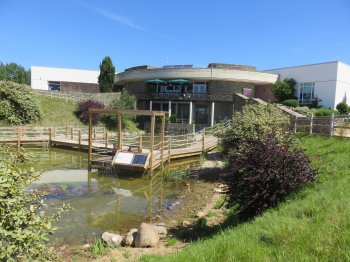
Igreja da Misericórdia da Sertã
- heritage
Rua da Misericórdia
6100-749, Sertã
The church comprises a nave, sacristy, and outbuildings, notable for its gilded high altar, 18th-century figurative and geometric tile panels, Renaissance portico, and Gothic window. The nave's ceiling paintings are by Joaquim Silva Motta.
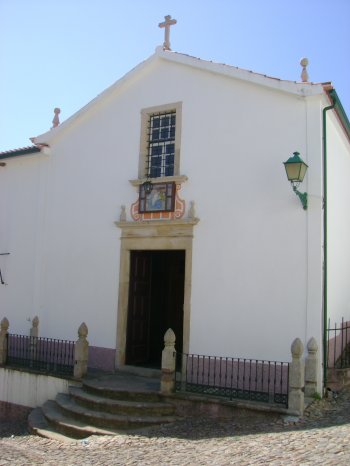
Ponte da Carvalha
- heritage
Alameda da Carvalha
6100-730, Sertã
A bridge composed of six full arches, with a watershed, a ramped deck, and a masonry parapet. This bridge provided one of the connections between Idanha and Abrantes. It is believed to have been built between the 1st and 1st centuries BC.
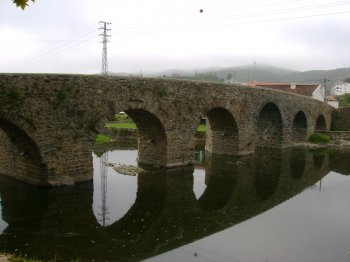
Convento de Santo António
- heritage
Rua do Convento, 12
6100-597, Sertã
In the past, this was the men's convent of the Order of Saint Francis, consisting of a nave, chancel, two-story convent outbuildings, and a cloister. Note the frescoes in the nave and chancel.
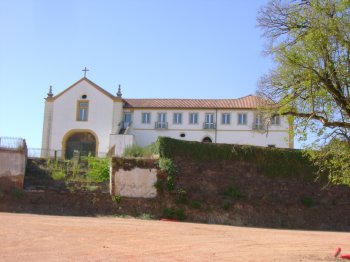
Castelo da Sertã
- heritage
Miradouro do Castelo
6100-631, Sertã
A medieval mountain castle with schist walls. Inside, it has a quadrangular tower and a single-nave church with a narrower chancel and bell tower, the Church of Saint John the Baptist. The castle was abandoned for centuries and was only rebuilt in 1998. The tower and some sections of the schist wall remain from the original monument. The founding of this fortification is attributed to Sertorius. It was rebuilt by Count Henry and, in 1174, was donated by his son to the Hospitallers.
